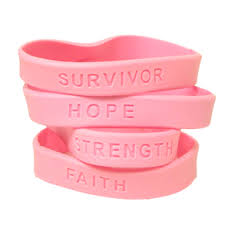Set Yourself Apart: Facing the increasing challenge of competing with underqualified trainers
As a personal trainer, you may find it increasingly difficult to compete in an industry that has no licensure and very little in the way of requirements. As an industry, we let anyone willing to take a two-, four-, six- or eight-hour online course become a personal trainer. This may explain the lack of expertise that is witnessed in so many trainers at gyms across the country. You may find yourself watching them from the sidelines, cringing as you notice the client performing deadlifts with an arched-back; squats with their knees caving in; or any other combination or poor supervision, direction and form.
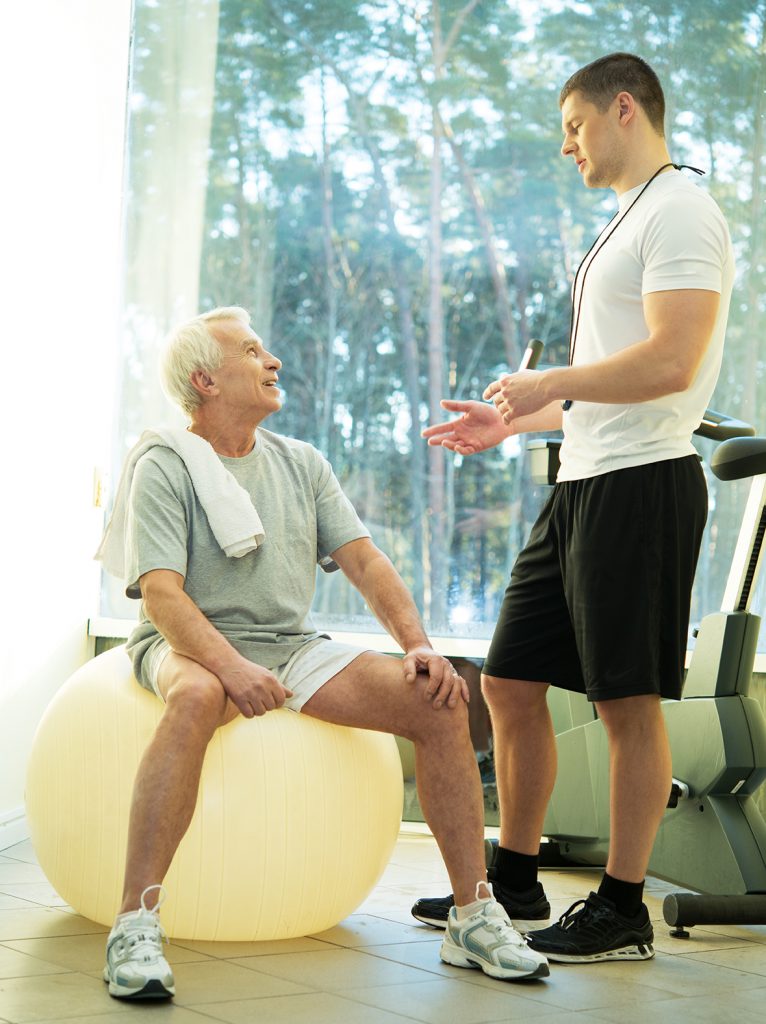 It’s unfortunate, but the average person has no idea what to look for in a trainer. They don’t know the questions to ask, the accredited certifications and whether or not that trainer is able to work with any pre-existing conditions that they may have. As gyms hire underqualified trainers, underselling those of you who are worth your fee, clients continue to get injured. The client goes to a physical or occupational therapist and tells them they’ve been working with a trainer at X gym. The therapist rolls their eyes, having heard the story time and time again, discrediting personal trainers and the fitness industry as a whole.
It’s unfortunate, but the average person has no idea what to look for in a trainer. They don’t know the questions to ask, the accredited certifications and whether or not that trainer is able to work with any pre-existing conditions that they may have. As gyms hire underqualified trainers, underselling those of you who are worth your fee, clients continue to get injured. The client goes to a physical or occupational therapist and tells them they’ve been working with a trainer at X gym. The therapist rolls their eyes, having heard the story time and time again, discrediting personal trainers and the fitness industry as a whole.
If you have put your time in — getting your degree, obtaining every accredited certification you could get your hands on and starting at the bottom of the food chain, scraping your way to the top, you may be feeling frustrated and perhaps a little defeated.
Data from the U.S. Census Bureau shows that there are 76.4 million baby boomers. There were actually a total of 76 million births in the United States from 1946 to 1964, the 19 years usually called the “baby boom.” Based on these staggering numbers, many nationally certifying bodies are realizing the need for medical fitness professionals. They are looking to change the industry, set standards for our fitness professionals, and require advanced education in order to work with any special population. In the next few years, we are going to see the pendulum swing in the fitness industry. There is a movement towards medical fitness and you can get in at the ground level, setting yourself apart from the low-level trainers. You will be able to create a niche market that will open doors in the medical community, increase referrals and increase revenue.
Perhaps you or someone you love has been touched by cancer; there were an estimated 18 million cancer cases around the world in 2018!
- One-quarter of new cancer cases are diagnosed in people aged 65 to 74
- Median age at diagnosis is 61 years for breast cancer, 68 years for colorectal cancer, 70 years for lung cancer and 66 years for prostate cancer
In 2018, there were approximately 43.8 million cancer survivors diagnosed within the previous five years. By 2040, the global burden is expected to grow to 27.5 million new cancer cases. During the COVID-19 pandemic we are seeing that cancer patients, as well as others with compromised immune systems, are more alone and isolated than ever. This provides an unprecedented opportunity for you to provide a necessary and life-changing service to those in treatment or recovering from cancer. The Cancer Exercise Training Institute offers an online university fast-track program that also includes business coaching and training to take your business online. In five weeks, you can sit for the exam and, with at least an 80% passing grade, become a Cancer Exercise Specialist.
To some of you, working with what would appear to be an aging or sick population may not be of interest. You need to decide if you want to be like every other trainer, creating beach bodies and six-packs, or if you want to really make a difference in someone’s quality of life, and your success as a trainer. Think outside the box. Beyond the baby boomers, we have athletes and adolescents who have diabetes, who suffer with obesity, have asthma, cancer and so much more. This is a relatively untapped market.
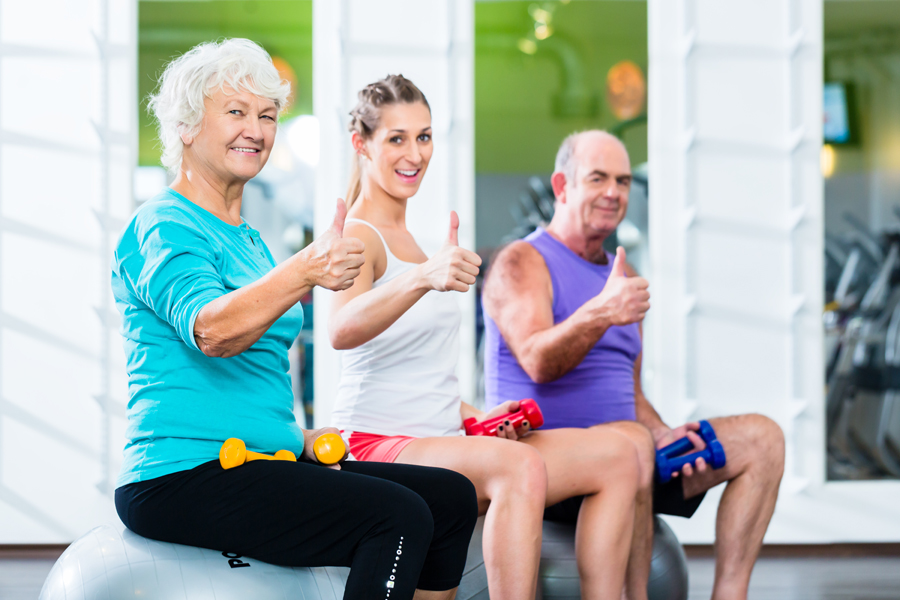
For those of you who are up for a challenge, willing to step outside of your comfort zone and explore a new and exciting avenue in fitness, this offers a tremendous opportunity. There will always be those who want to lose weight, get toned, get ripped and improve sports performance, but after a while you can do that in your sleep. When you have clients that can’t get out of bed, can’t get up and down from a chair or can’t even perform self-care, and you are able to help them to take control of their life and their body in a way they never imagined was possible, it is truly the most meaningful and rewarding part of your career.
As we change the standards in the fitness industry, specialized training will be a requirement and you will be one step ahead of the game. By setting up meetings with nurses, doctors, patient navigators and support groups, you exponentially increase your potential client base. The unqualified trainer will not even be able to get in the door. The medical community will not accept a trainer without appropriate credentials.
As a highly credentialed trainer, you can establish yourself as a blog writer, magazine contributor and speaker. Opportunities may range from speaking to a support group at a local hospital to becoming a keynote speaker at a huge event. You can even conduct local or destination retreats for specific groups (i.e.; breast cancer, diabetes, juvenile diabetes, active aging etc.). The doors will also open up to you at medical fitness facilities and possibly hospitals that are looking for highly credentialed medical fitness professionals.
There are certainly other ways that you can make your mark and create unique marketing opportunities, but many of those will come and go with various trends and fads in fitness. Sadly, we live in a country that believes that “bigger is better” and wants “more for their money.” This has led to an epidemic of cancer, heart disease and diabetes, among other things. People will continue to age and whether it’s through the natural aging process or poor self-care, this is a market that is here to stay.
This article was featured in MedFit Professional Magazine.
Andrea Leonard is the Founder and President of the Cancer Exercise Training Institute. She is a certified as a corrective exercise specialist by The National Academy of Sports Medicine (NASM), as a personal trainer by The American College of Sports Medicine (ACSM), the National Academy of Sports Medicine (NASM), the American Council on Exercise (ACE), and as a Special Populations Expert by The Cooper Institute. She is also a continuing education provider for the National Academy of Sports Medicine and The American Council on Exercise.

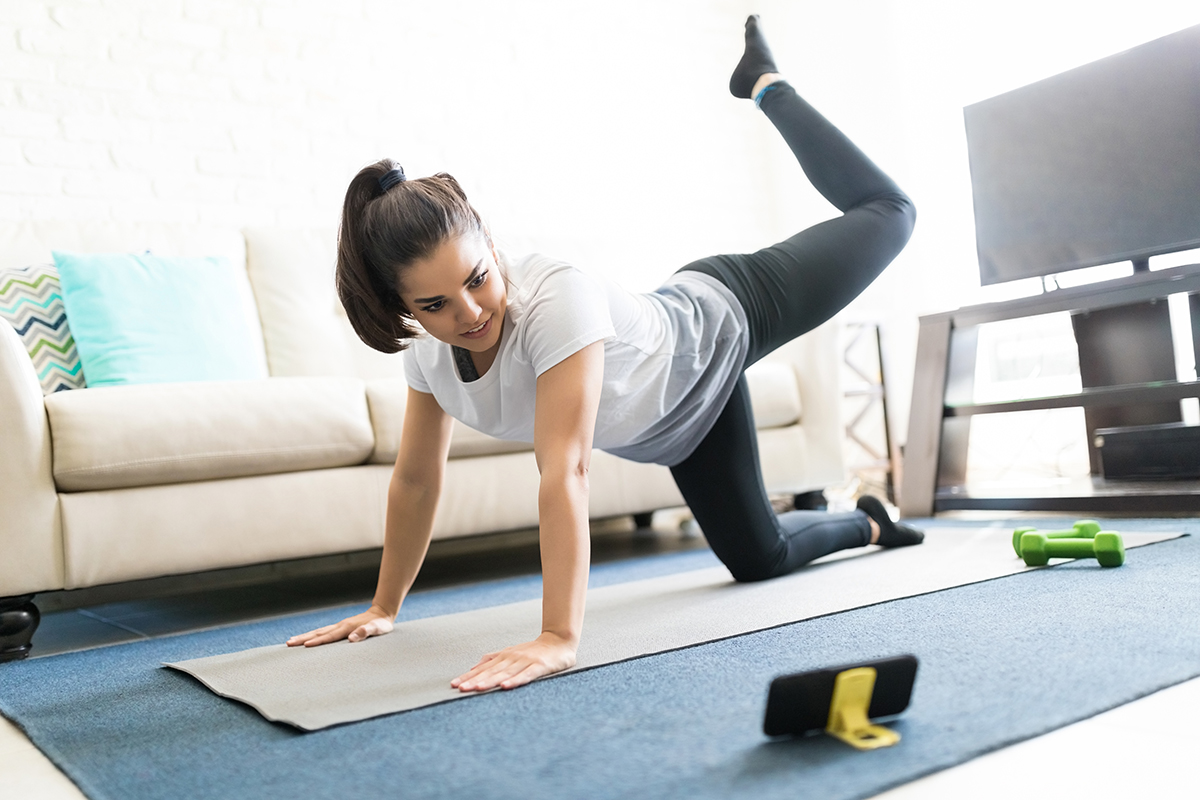

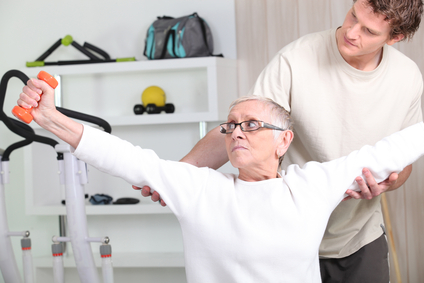 The most important factor in the safety and efficacy of the exercise program is the initial assessment. At the very least this should include a comprehensive postural assessment as well as shoulder range of motion measurements taken with a goniometer. The well-trained fitness professional will be able to deduce, from the results, which muscles need to be stretched and which need to be strengthened. By selecting the wrong combinations of exercises, the results may not only be undesirable, they may in fact be detrimental. For example, if a client presents with moderate to severe upper-crossed syndrome, performing any kind of “pushing” exercise that would involve the chest muscles (chest press), could make the syndrome even more pronounced by causing the pectoral muscles to tighten and contract. Instead, the goal need to be on stretching the chest wall and strengthening the opposing muscles in the back; particularly the scapular stabilizers.
The most important factor in the safety and efficacy of the exercise program is the initial assessment. At the very least this should include a comprehensive postural assessment as well as shoulder range of motion measurements taken with a goniometer. The well-trained fitness professional will be able to deduce, from the results, which muscles need to be stretched and which need to be strengthened. By selecting the wrong combinations of exercises, the results may not only be undesirable, they may in fact be detrimental. For example, if a client presents with moderate to severe upper-crossed syndrome, performing any kind of “pushing” exercise that would involve the chest muscles (chest press), could make the syndrome even more pronounced by causing the pectoral muscles to tighten and contract. Instead, the goal need to be on stretching the chest wall and strengthening the opposing muscles in the back; particularly the scapular stabilizers. Following the warm-up and lymph drainage exercises, the exercise specialist should determine what the areas of “need” are for the client. Remember to begin with stretching and range of motion exercises until they have close to “normal” range of motion. At that point the goal becomes strength training and choosing exercises that will strengthen the weaker muscles and stretch the tight and shortened muscles. Weight/resistance should also be very gradually increased and attention paid to any potential swelling of the extremity. Typically I chose exercises that will stretch the chest (chest fly, corner or door stretch, assisted stretching) and will strengthen the back (low/high rows, reverse flies, lat pulldown). They often [present with winged scapula following a node dissection. If this is the case, I will incorporate exercises that will strengthen the serratus anterior. If they have undergone an abdominal TRAM procedure, core work will be of the greatest importance in preventing, or minimizing, low back pain.
Following the warm-up and lymph drainage exercises, the exercise specialist should determine what the areas of “need” are for the client. Remember to begin with stretching and range of motion exercises until they have close to “normal” range of motion. At that point the goal becomes strength training and choosing exercises that will strengthen the weaker muscles and stretch the tight and shortened muscles. Weight/resistance should also be very gradually increased and attention paid to any potential swelling of the extremity. Typically I chose exercises that will stretch the chest (chest fly, corner or door stretch, assisted stretching) and will strengthen the back (low/high rows, reverse flies, lat pulldown). They often [present with winged scapula following a node dissection. If this is the case, I will incorporate exercises that will strengthen the serratus anterior. If they have undergone an abdominal TRAM procedure, core work will be of the greatest importance in preventing, or minimizing, low back pain.
